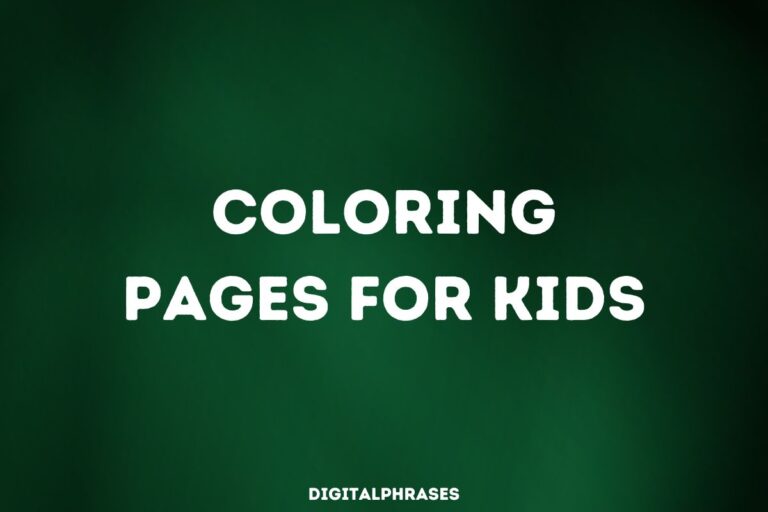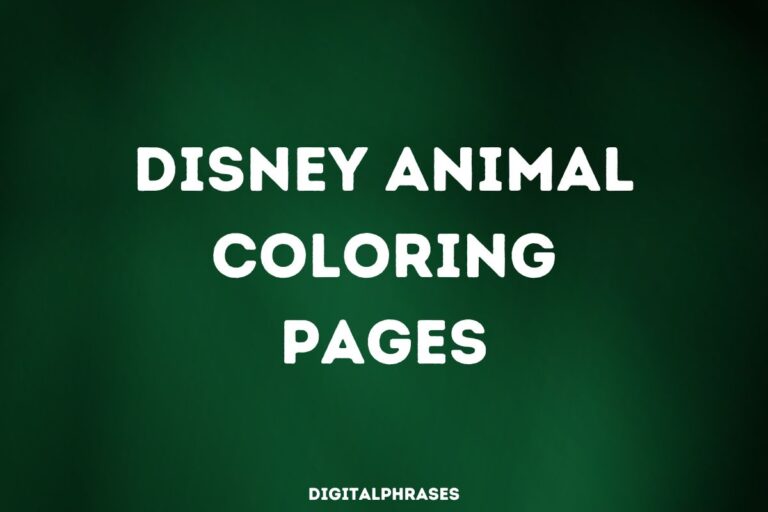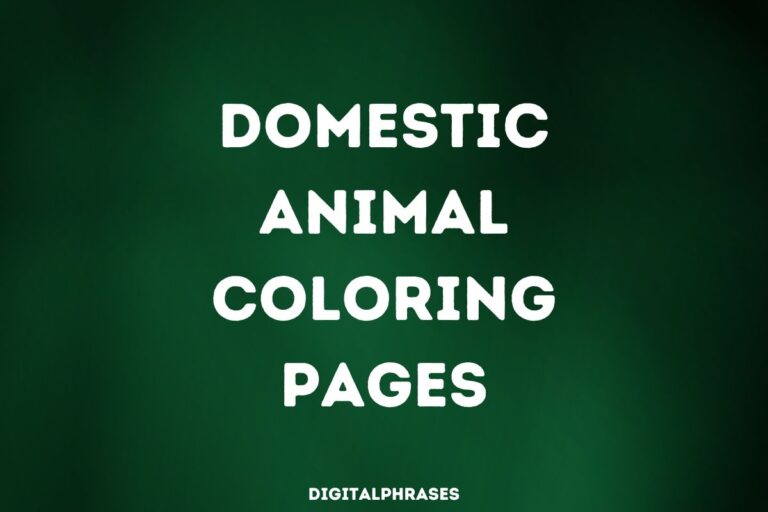25 Coloring Pages of Animal Cartoons
I never thought I’d be sitting here, enthusiastically bringing to you some coloring pages of animal cartoons.
But here we are.
You see, one day I found myself elbow-deep in a pile of colored pencils, trying to stay inside the lines of a particularly tricky cartoon penguin.
That’s when it hit me—coloring isn’t just for kids.
It’s a competitive sport, a zen practice, and let’s be honest, a test of patience when you realize you grabbed the wrong shade of green for a giraffe’s spots (because giraffes obviously have green spots, right?).
So whether you’re a seasoned coloring book pro or, like me, just trying to avoid turning a zebra into a rainbow-striped experiment gone wrong, you’re in the right place.
Let’s dive into some of these wild animal cartoon coloring pages where nothing makes sense but everything looks adorable!
Coloring Pages of Animal Cartoons
1
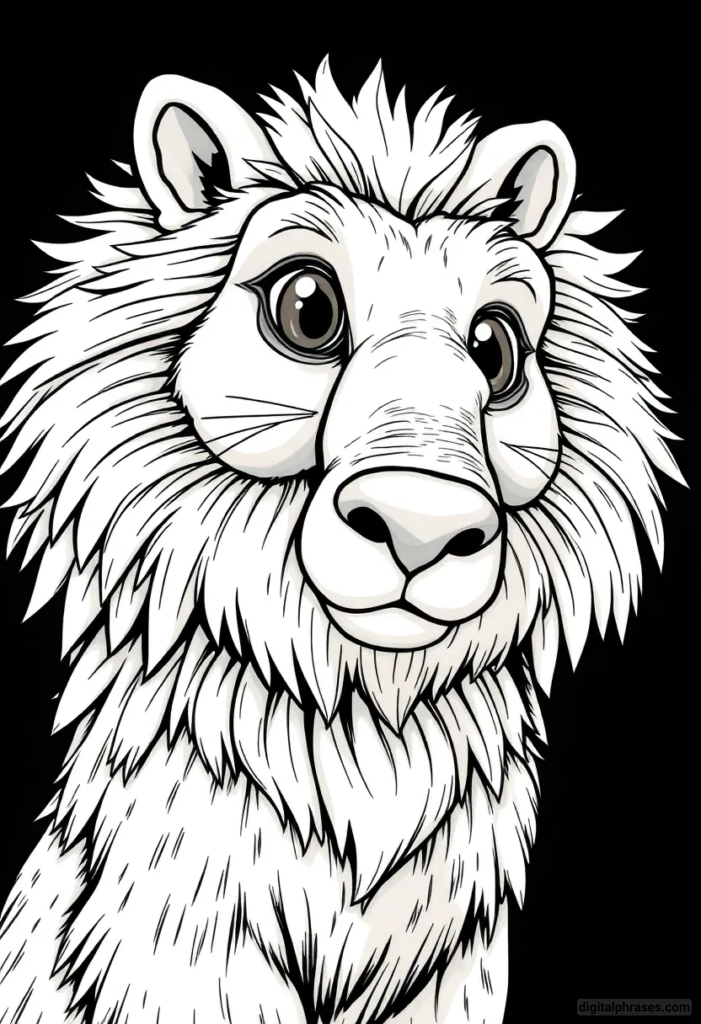
2
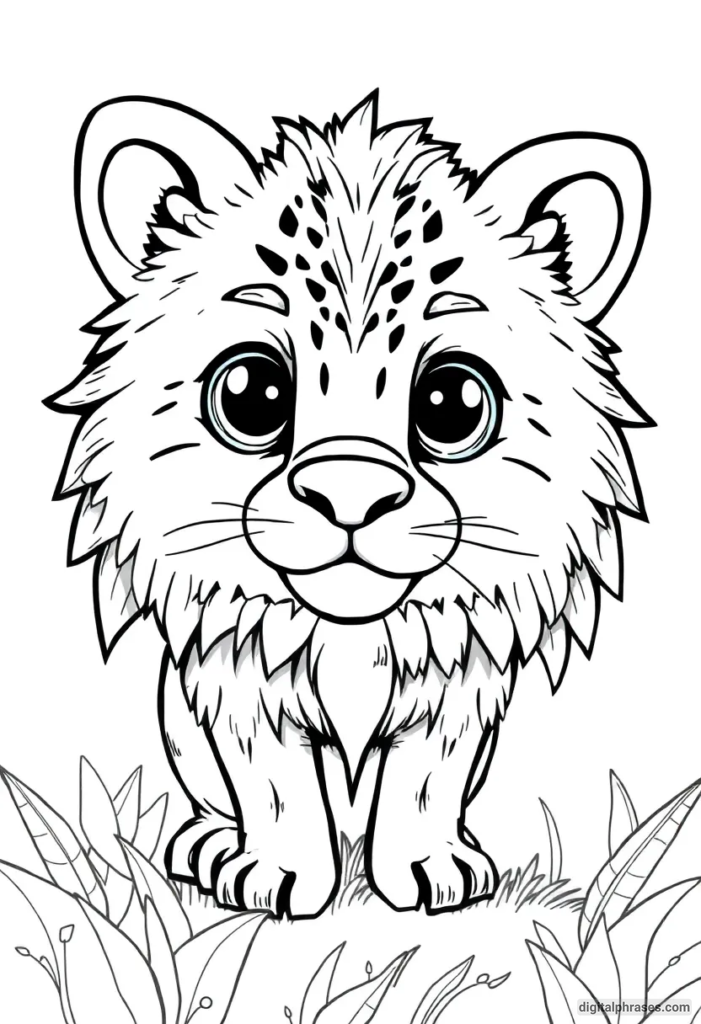
3
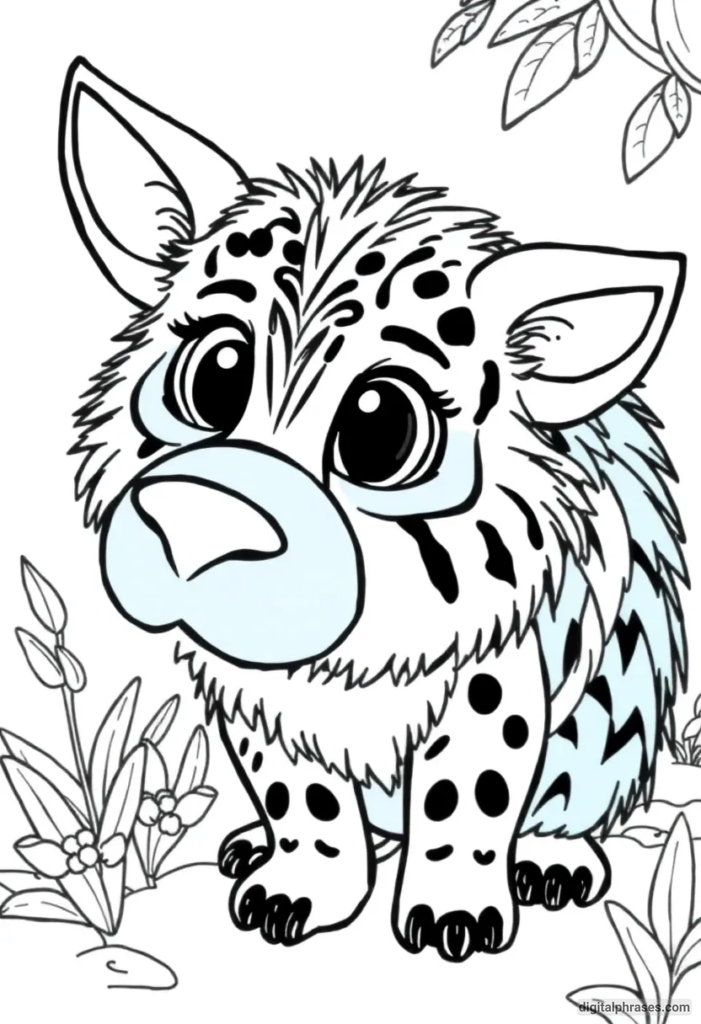
4
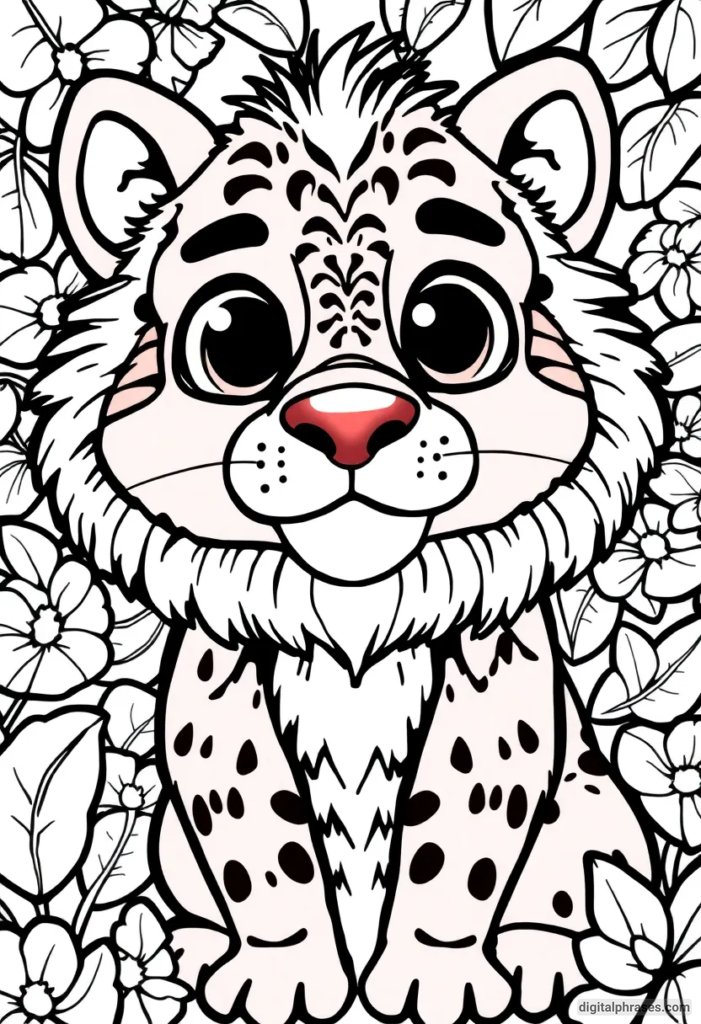
5
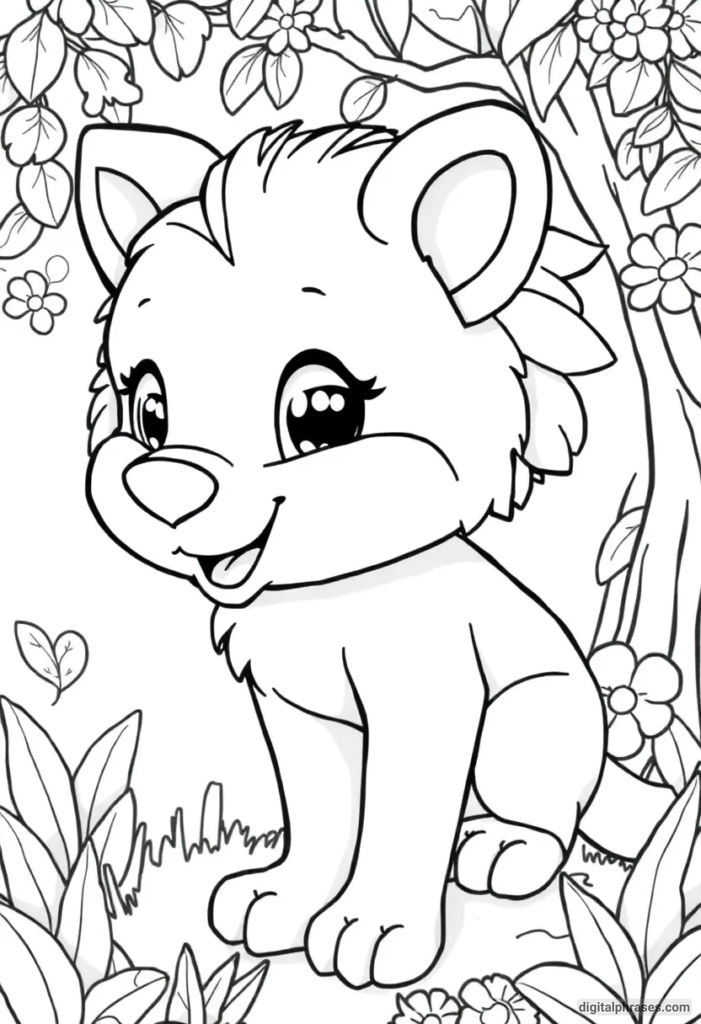
6
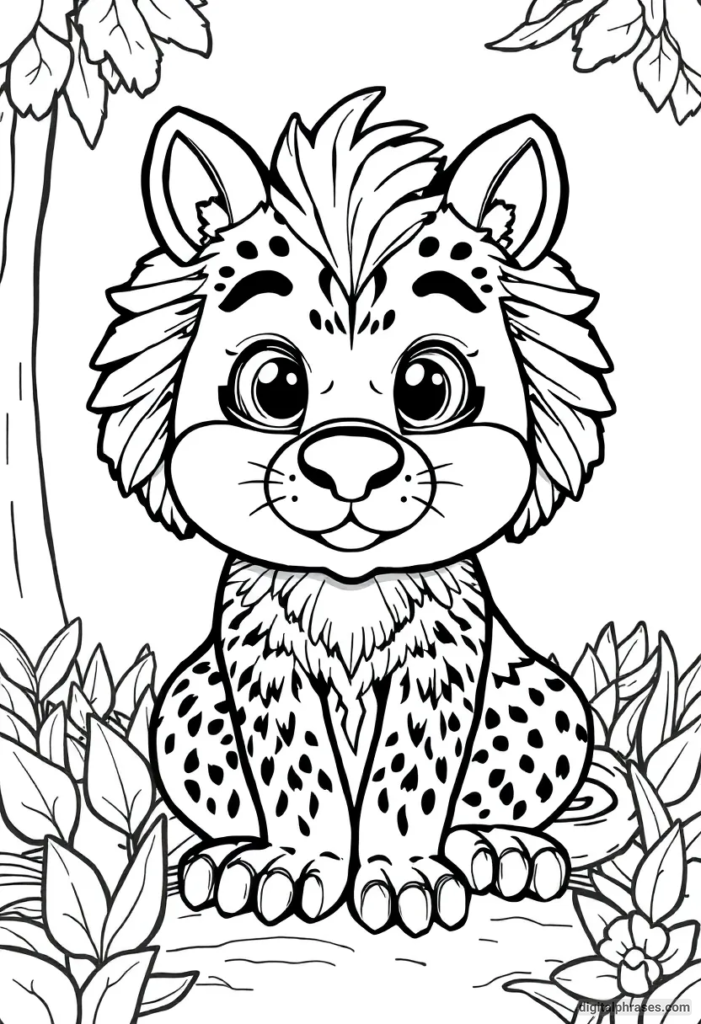
7

8
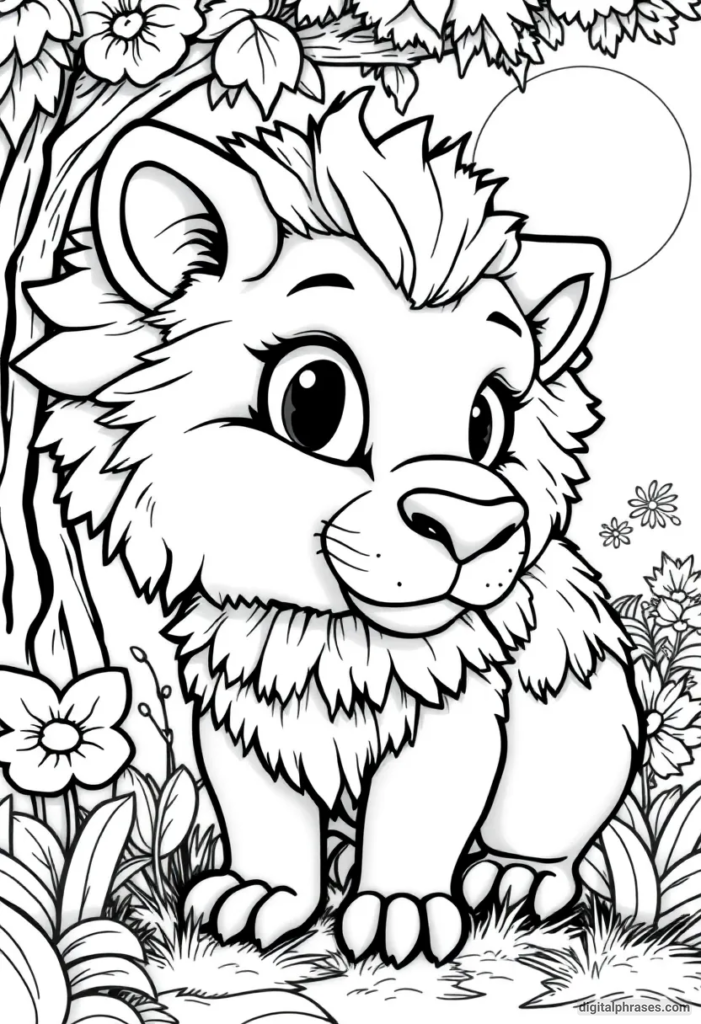
9
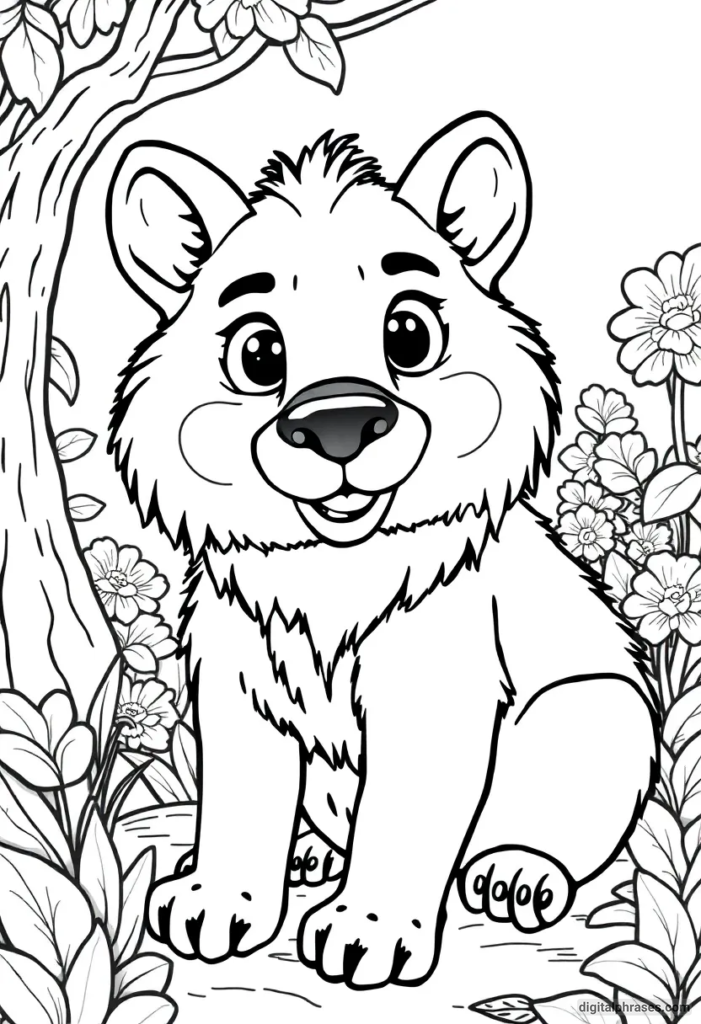
10

11
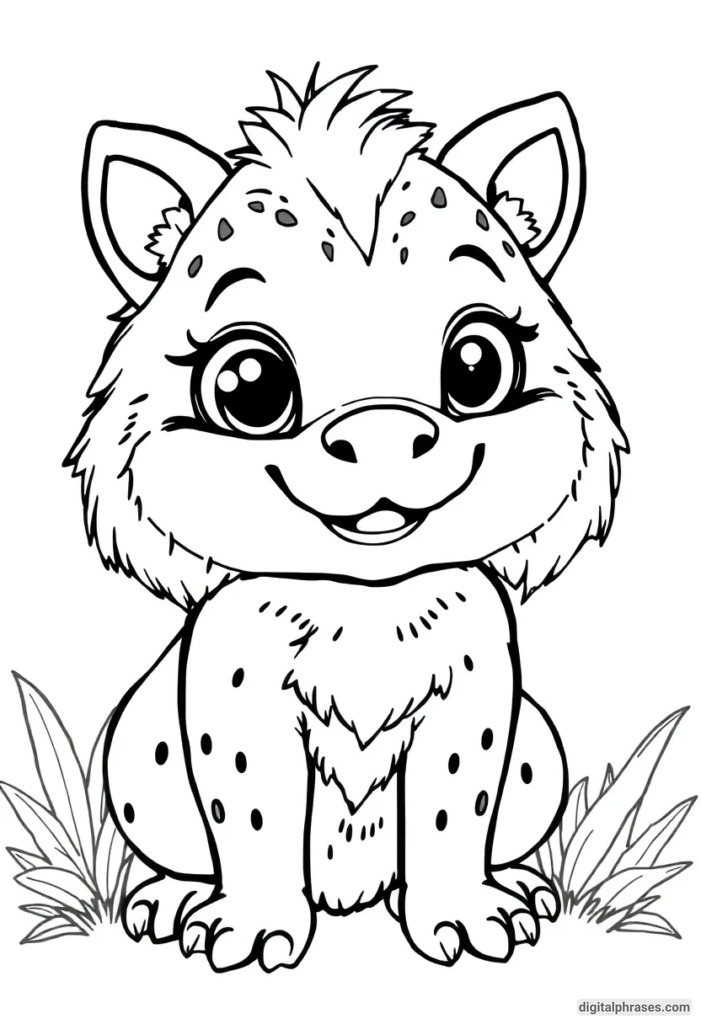
12
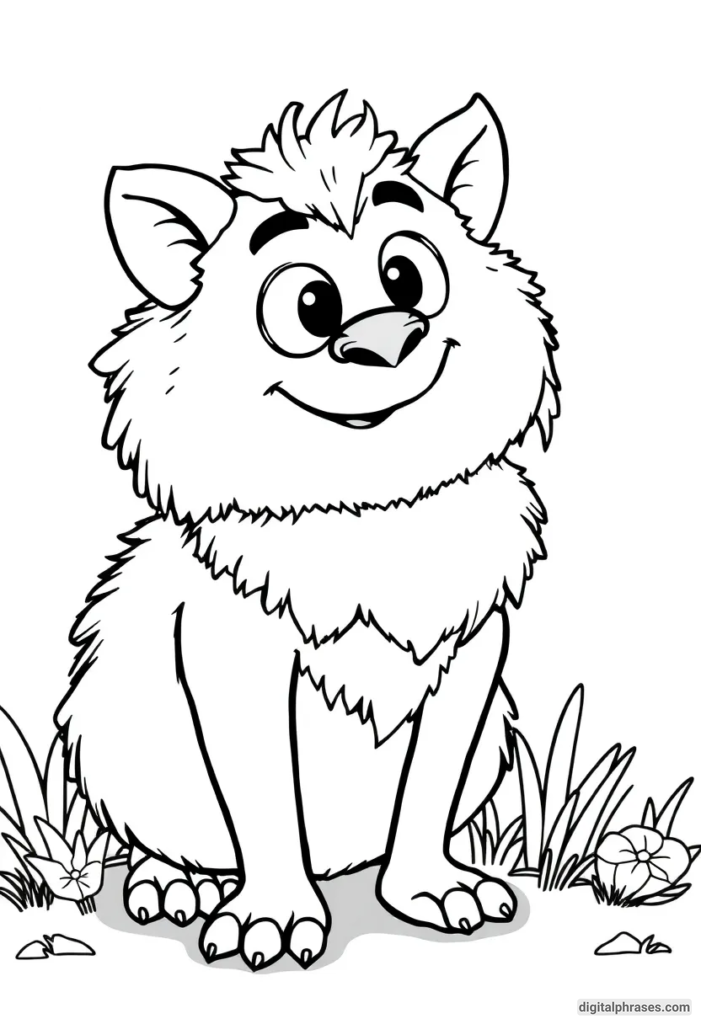
13
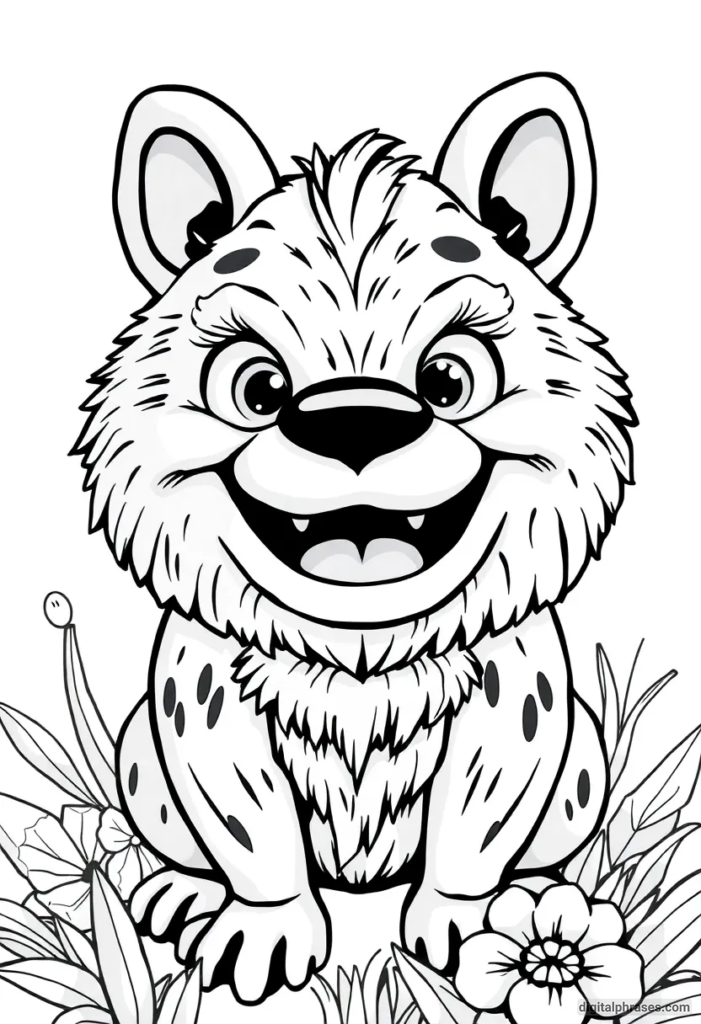
14
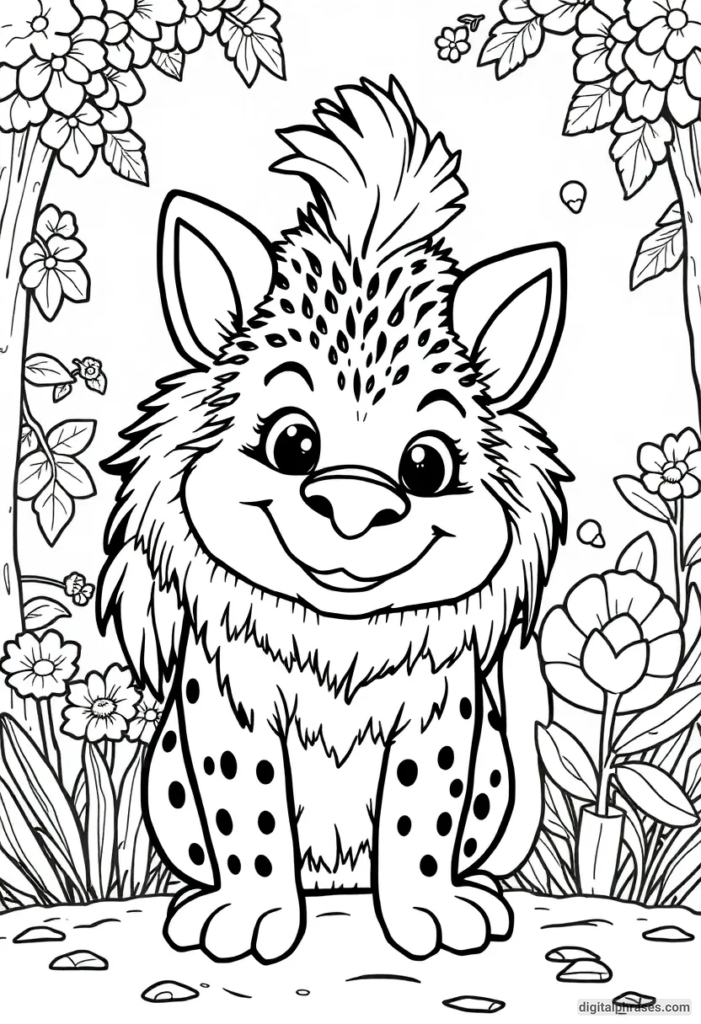
15
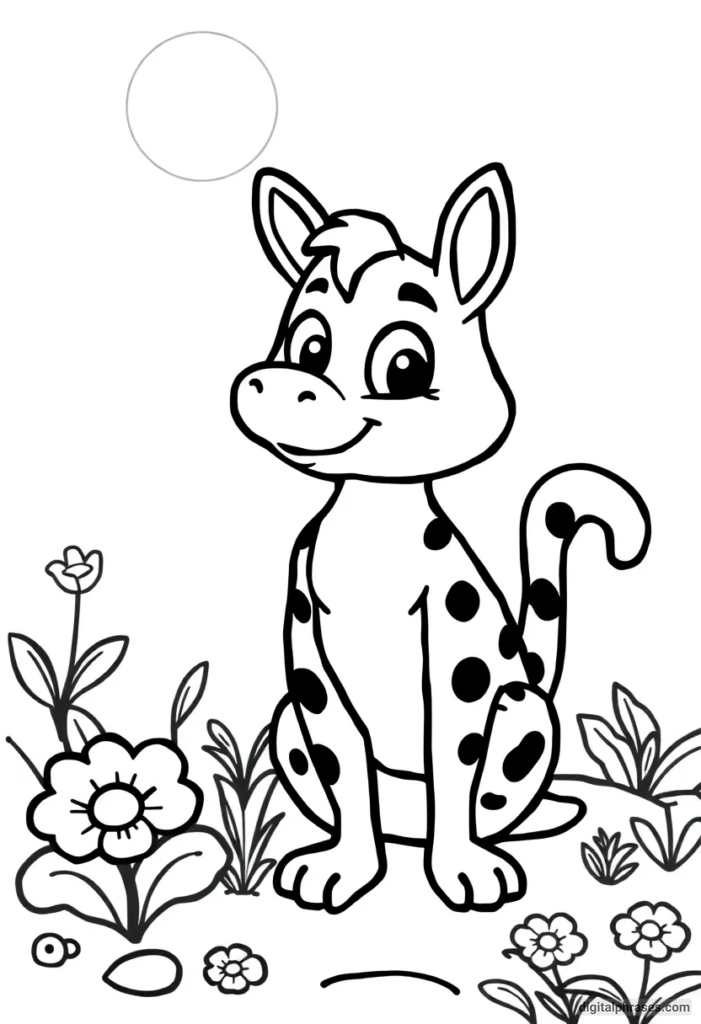
16

17
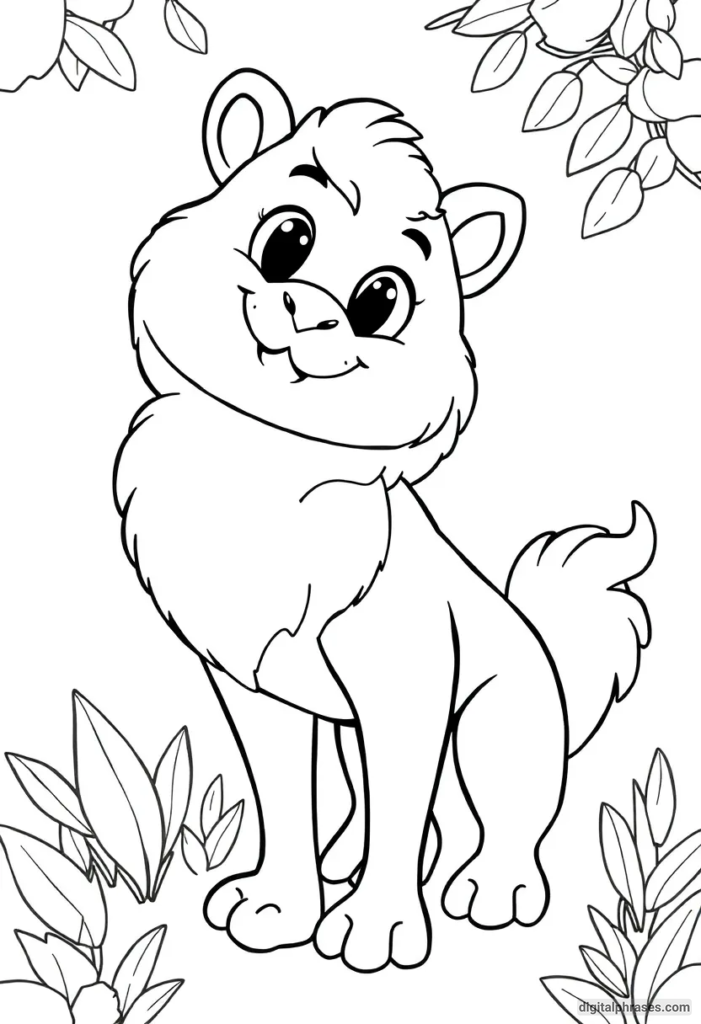
18
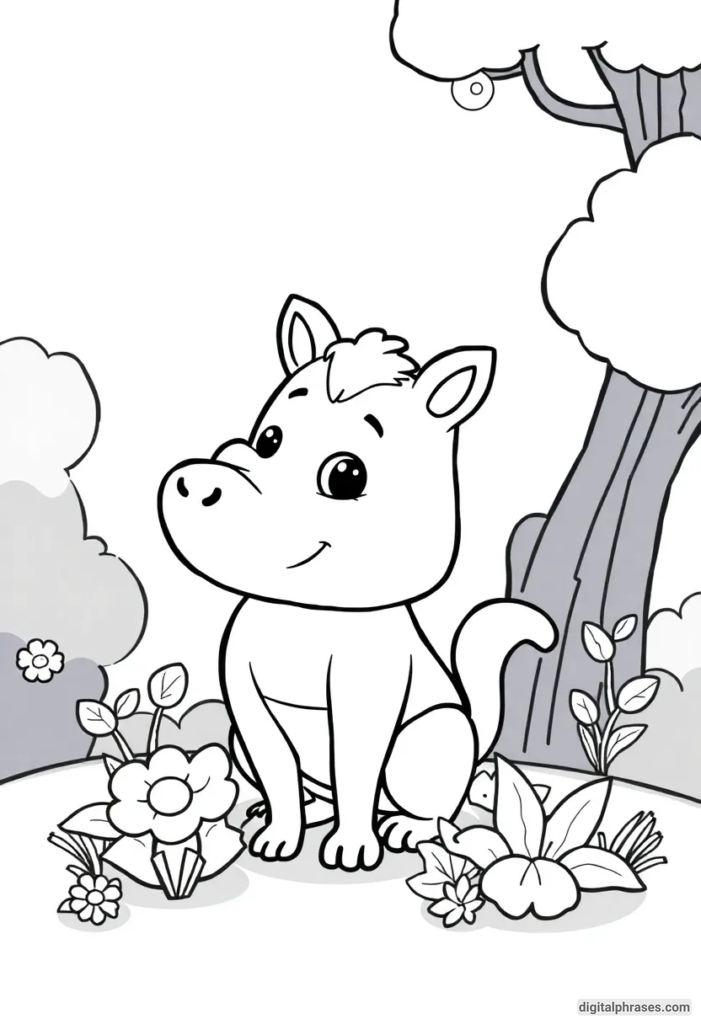
19
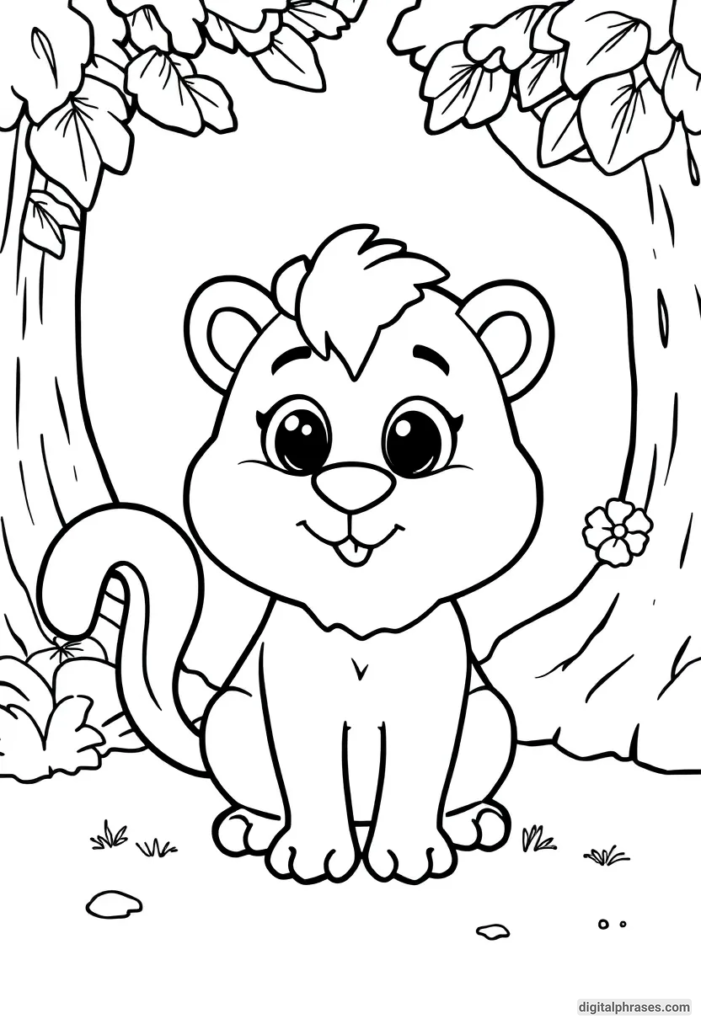
20
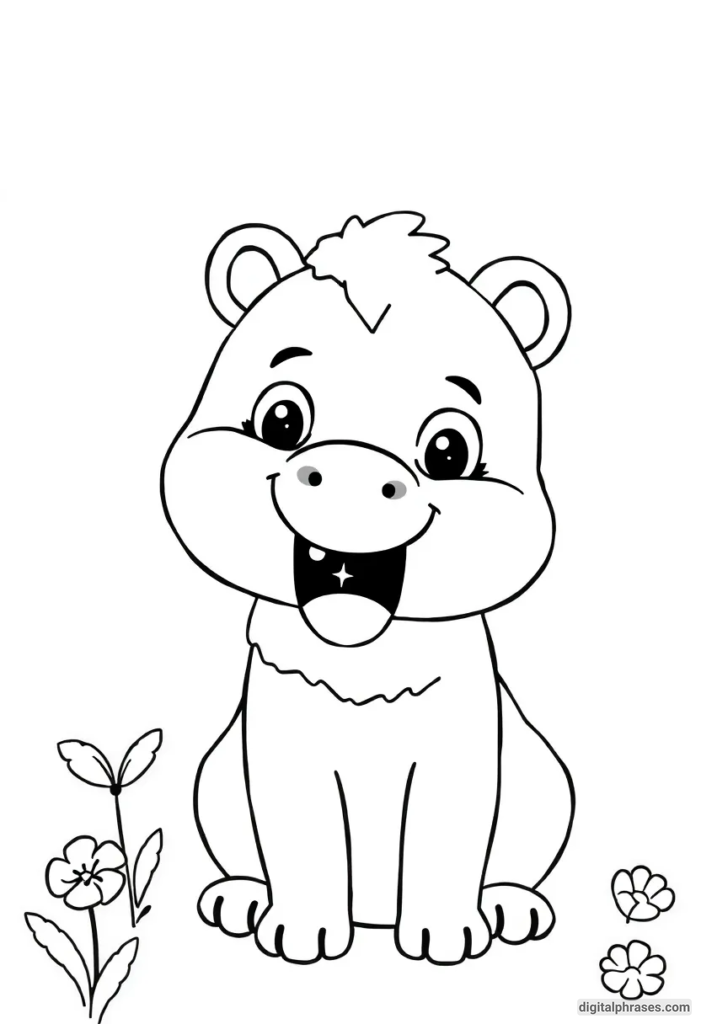
21
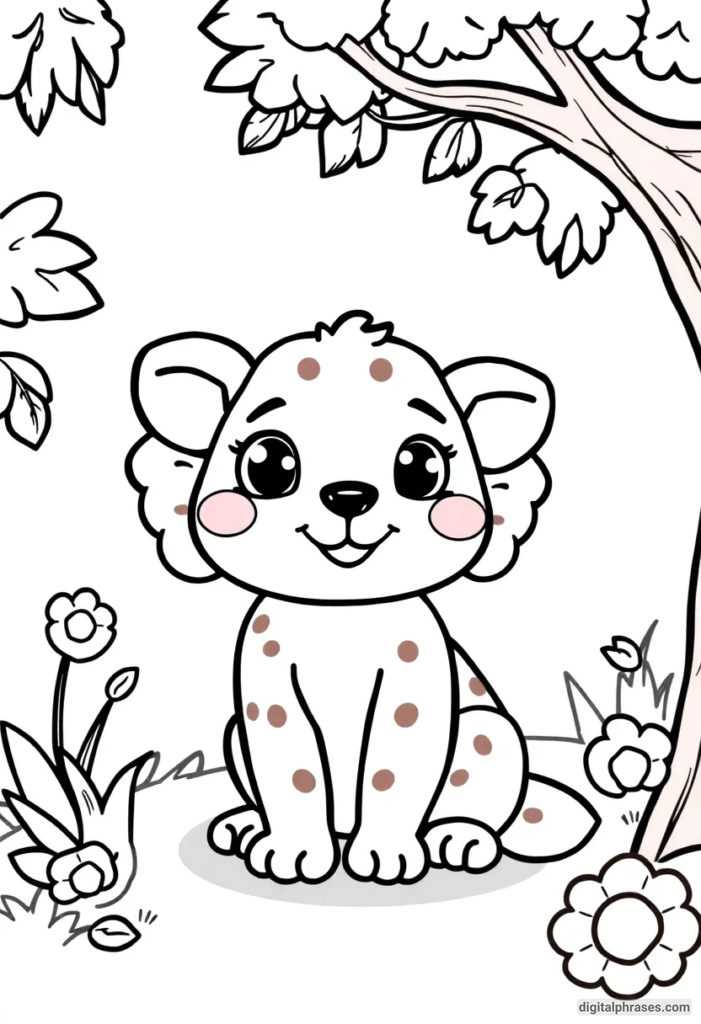
22
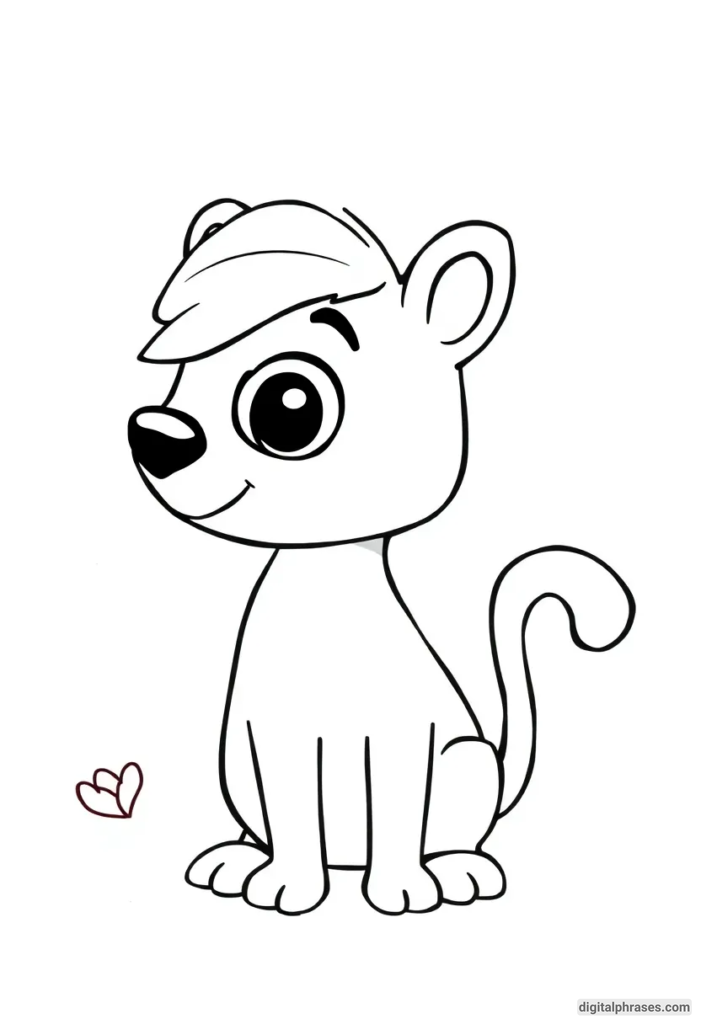
23
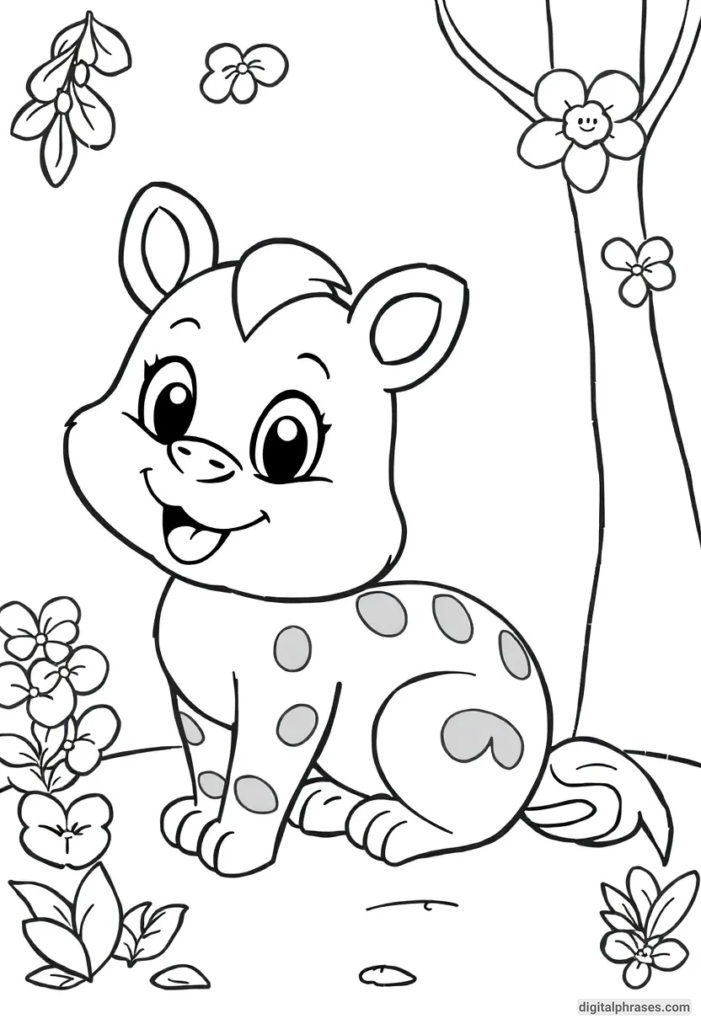
24
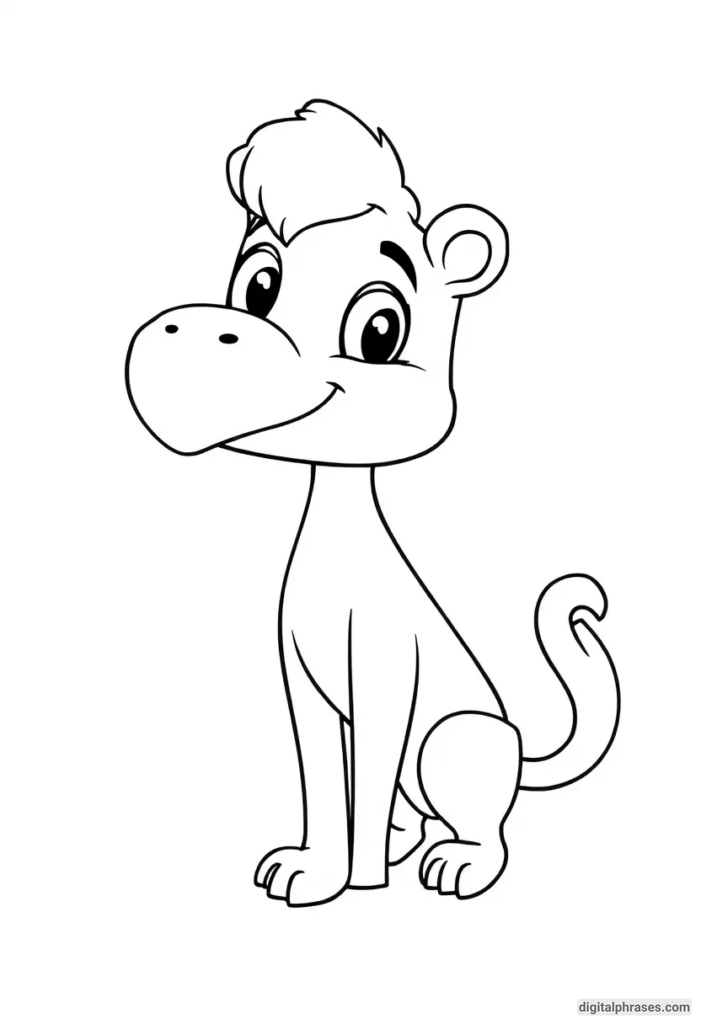
25
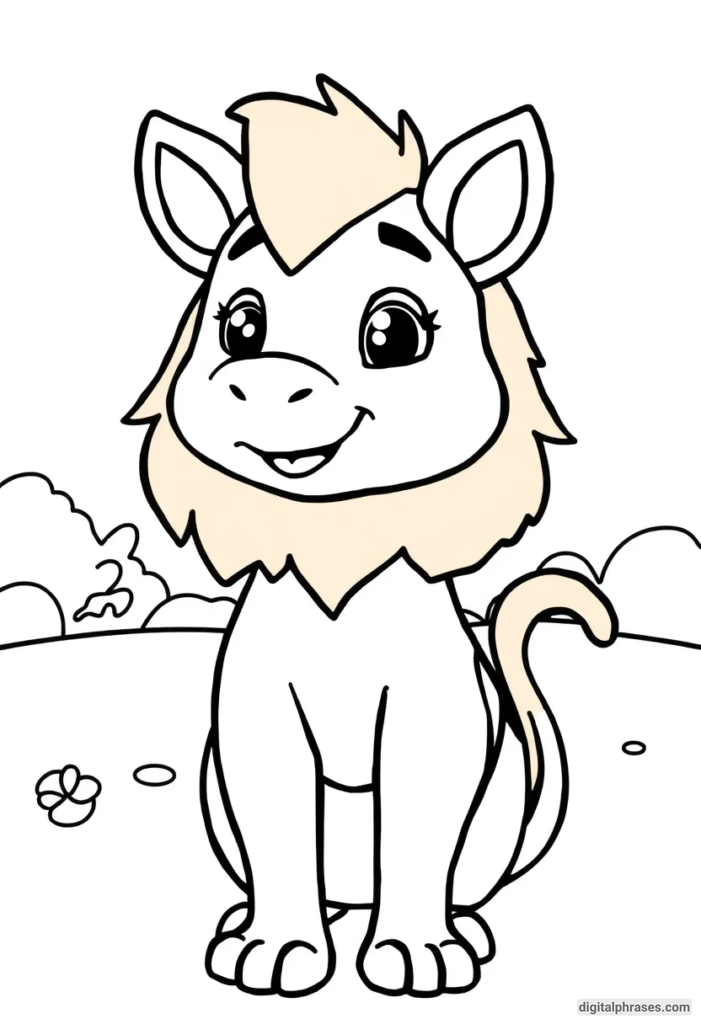
Tips For Coloring Animal Cartoons
Tip #1: Start with the Right Tools (AKA The Battle Gear)
First things first, if you want your coloring experience to feel less like a toddler’s birthday party explosion and more like a creative masterpiece in the making, it’s essential to use the right tools.
- Colored Pencils: These are like the ninjas of the coloring world. They’re precise, blendable, and let you layer colors for that perfect gradient effect. (You know, when your tiger’s orange coat smoothly fades into white, instead of looking like a sudden slap of paint). Pro tip: Invest in a good quality set! Cheapo pencils will leave you frustrated with waxy residue and streaky colors—trust me, I’ve been there.
- Crayons: Crayons are like the friendly golden retrievers of the art world. They’re not always precise, but they’re reliable, fun, and give a soft texture to your drawings. Plus, they’re great for giving your animals that whimsical, childhood feel. Just don’t expect crayon fur to look realistic unless you’re some kind of crayon wizard.
- Markers: Markers are bold, and so are the risks. They give you vibrant, smooth colors, but beware—once that ink touches the page, there’s no going back. Markers are perfect for giving your cartoon animals a pop-art kind of vibe. Just remember to breathe deeply and keep a steady hand, unless you’re aiming for that “wildly abstract” giraffe look (I mean, it’s a valid aesthetic).
When choosing your tools, think about the style you’re going for. Do you want soft, pastel-colored baby animals, or bold, vibrant jungle creatures? Having the right materials can make all the difference between “Aww, cute!” and “Um… what is that?”
Tip #2: Pick a Color Scheme (Before You Accidentally Create a Rainbow Leopard)
Okay, confession time: I have definitely made some color choices that resulted in very, shall we say, unique interpretations of animal anatomy. (Like the time my dolphin ended up looking like a cross between a jellybean and a watermelon. Not my finest hour.)
Before you dive into your cartoon animals, take a moment to think about your color scheme. Do you want to go realistic, or are you going for a more imaginative, fantasy-like creature? Both are awesome choices, but it helps to have a plan.
- Realistic Animals: If you want your lion to look like a lion (and not a punk rocker), stick to nature’s palette. Think shades of brown, tan, gold, and white. Google is your friend here. A quick image search will give you all the reference photos you need to avoid accidental rainbow bears.
- Fantasy Animals: If realism isn’t your jam, go wild! Who says your penguin has to be black and white? How about purple with green polka dots? Just remember, the key to making these fantasy animals work is consistency in your palette. Pick a few colors that complement each other. A neon green zebra can be cool, but if you throw in fluorescent pink stripes and orange hooves, things might get a little, well, chaotic.
Tip #3: Layer and Blend for Depth (AKA Avoid the Flat Squirrel Syndrome)
Have you ever finished coloring an animal cartoon and thought, “Why does my bear look like a cardboard cutout instead of a fuzzy woodland creature?” The secret to giving your animals depth and texture is layering and blending.
- Layering: Start by coloring lightly. You can always add more color, but once it’s on the page, erasing isn’t always an option (especially with markers—cue sad violin music). Gradually build up the color, adding darker shades where shadows would naturally fall—like the underside of a giraffe’s neck or the shadowed areas around a flamingo’s wings.
- Blending: Whether you’re using colored pencils or crayons, blending can make your colors transition smoothly from one to another. Colored pencils are particularly awesome for this—lightly color one area with yellow, then layer in some orange on top to give your animal that perfect sun-kissed fur look. For crayons, you might need to work a little harder to blend, but it’s totally doable with a bit of patience (and maybe a tissue for smudging).
Tip #4: Texture is Your Best Friend (Make That Fuzzy Fox Actually Look Fuzzy)
One of the trickiest parts of coloring animal cartoons is capturing texture. You don’t want your animals to look like they’re made out of plastic—unless, of course, you’re going for that smooth, slick vibe. But if you want your animals to feel soft, furry, or scaly, here’s what you can do:
- Fur: To make your animals look fuzzy, use short, light strokes with your colored pencils or crayons. This works particularly well for creatures like foxes, bears, or squirrels. Instead of coloring in one solid block of color, think of each stroke as a little piece of fur. Use a slightly darker color than your base to add shadow and dimension to the fur.
- Scales: For scaly animals like snakes, fish, or reptiles, you can draw tiny overlapping shapes to simulate the look of scales. You don’t have to do this over the entire body (unless you have the patience of a saint), but adding scale texture in key areas, like the back or tail, can make your animal pop.
- Feathers: Birds are a little trickier, but you can use a combination of light strokes and shading to give the impression of feathers. Focus on layering colors in areas where light would naturally hit the feathers, like the tops of wings, and darker shades underneath.
Tip #5: Keep a Steady Hand (or Embrace the “Creative Freedom” of Scribbles)
I get it. Sometimes you’re so excited to get that toucan colored in that you accidentally color outside the lines. It happens to the best of us (seriously, my elephant’s trunk looked like it was melting last week). But if you want to keep things neat and tidy, here are a few tricks:
- Use Outlines to Your Advantage: If you’re using colored pencils, stay within the lines by lightly tracing the outline of your cartoon animal with the color you’re about to use. This creates a border that helps prevent over-coloring into unwanted areas.
- Slow and Steady Wins the Race: I know, I know—coloring is fun, and sometimes you just want to fill in that lion’s mane as quickly as possible. But take your time! Coloring is supposed to be relaxing, not a race. Try using smaller, controlled strokes to avoid that “I accidentally colored the sky instead of the parrot” look.
- Embrace the Chaos: And sometimes? Just embrace the mess. Coloring is meant to be fun, and if your green crocodile ends up with a little bit of pink sky creeping in, who cares? Think of it as creative freedom. Plus, coloring outside the lines can give your animal cartoons a more playful, whimsical look.
Tip #6: Enjoy the Process (Even When Your Dolphin Looks Like a Blobfish)
The most important tip of all? Have fun! Coloring is supposed to be an enjoyable, relaxing process—don’t stress if things don’t turn out perfectly. After all, even if your lion ends up looking like it’s wearing a disco wig, you’ve still created something uniquely yours. That’s the beauty of art.
So the next time you sit down to color your favorite animal cartoon, remember these tips, laugh off any mistakes, and just enjoy the process. After all, in the world of coloring, there’s no such thing as perfection—only lots of vibrant, colorful fun (and the occasional psychedelic zebra).
Happy coloring!



